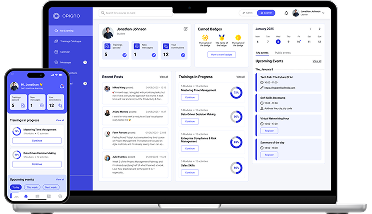In an overcrowded market, differentiation is crucial. As a result, products, especially in technology and software, are becoming increasingly complex and changing continuously. However, no matter how valuable and wonderful your product is on paper, it will flop if customers don't understand its need or how to use it effectively.
At the same time, modern consumers expect not just a product but a seamless and enriching experience. They look for brands that care. To demonstrate this care, businesses require more than a functional product; they need ongoing, proactive education and support.
Microsoft's study shows that for 96% of global respondents, customer service impacts their choice of loyalty to a brand, with 56% having ended their relationship with a business due to a poor customer service experience.
Moreover, 52% of B2B customers will avoid a brand for two years after one bad customer support experience.
Today, B2B and B2C enterprises alike are reinventing their customer relationship strategies to genuinely enhance the user experience. Customer education is core to that. And we don't mean better user manuals. Businesses need more than that to turn customer education into a competitive advantage.
To have an impact, training should continue through every customer lifetime stage, from onboarding to mastery and brand advocacy. But worry not. However arduous providing customer education might seem, it pays off greatly in the long term, and there are countless ways and tools to do it. So, let's explore the primary use cases of customer education and how to implement it effectively to fuel long-term business success.
Onboarding and compliance/safety training
If customers can't use the product for any reason, they'll turn to competitors — this is the first and foremost reason for customer training.
In fact, poor onboarding causes 23% of average customer churn.
That means, by ensuring that new customers can start using the product effectively right from the beginning and saving them time and nerves, you can reduce churn by almost a quarter!
Such training can take many forms. Contextual, in-app tooltips and guided tours help users understand features in real-time. For more complex products, interactive, step-by-step video tutorials can guide users through initial setup and key functionalities. However, when it comes to comprehensive compliance or safety training legally required in regulated industries, learning management systems with structured courses and automated certification management are a way to go.
For example, DJI, an aerial technology manufacturer, has a comprehensive training center that covers safety protocols, compliance with aviation regulations, and best practices for drone operation. This ensures that users are compliant and proficient in handling their drones, reducing the risk of accidents and legal issues.
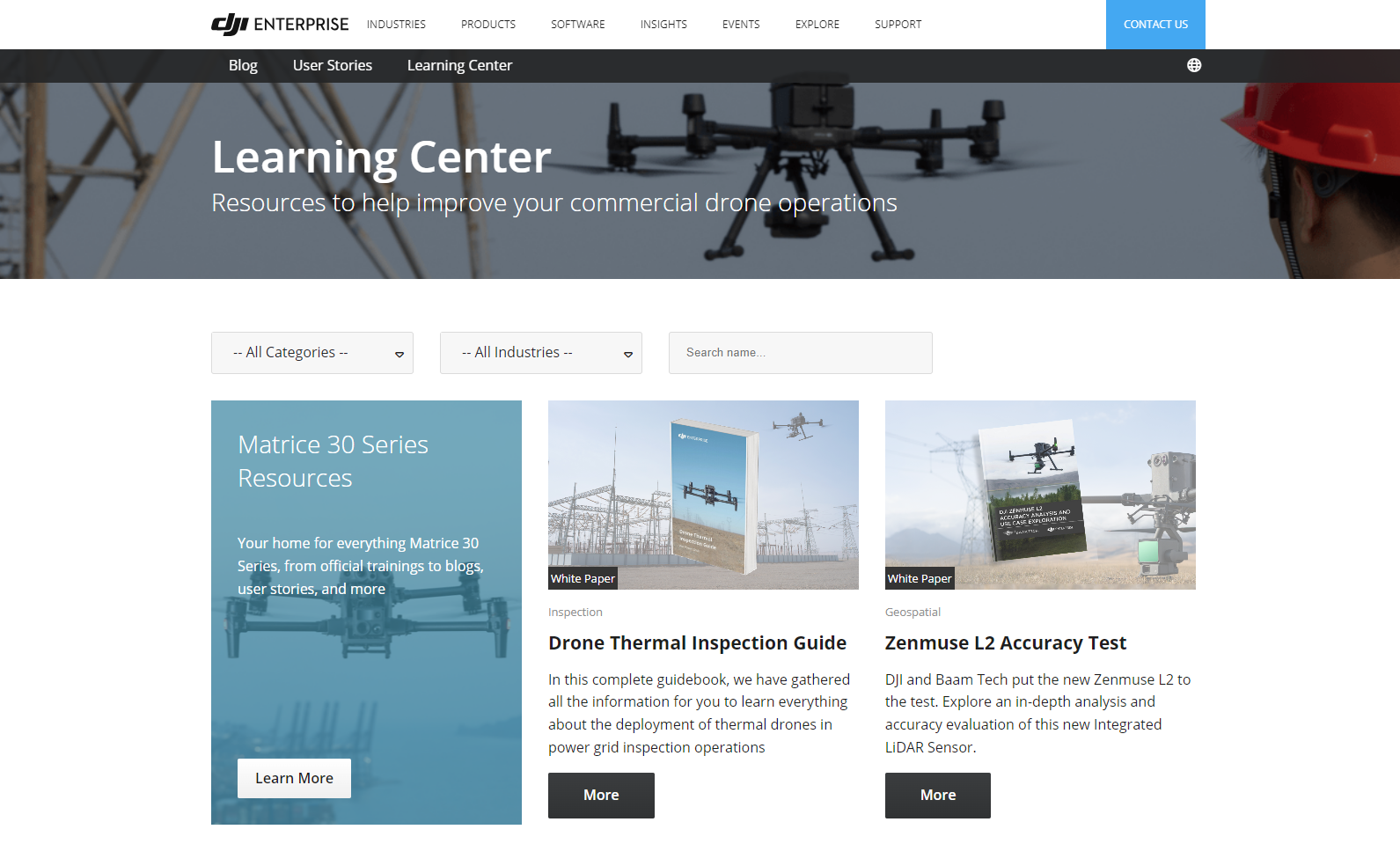
DJI is an absolute leader in drone manufacturing, holding over 70% of the global market share for drones. It's safe to say that equipping users with knowledge of how to operate its products played a role in winning the market.
Usage expansion
Educating customers about the full range of product features and non-obvious benefits and applications not only improves retention but also creates opportunities for upselling and cross-selling. Customers can miss hidden features, upgrades, or complimentary products and services that could resolve their specific challenges, especially with frequent product updates and new feature releases. Closing these gaps drives product adoption, and customer education is instrumental in this process.
According to a TSIA survey, 68% of customers use the product more often after training, 56% use more product features, and 87% say they can work more independently with the tool and rely less on customer support.
Besides, a well-informed customer base can have more meaningful conversations with sales representatives focusing on advanced features and complementary products, thereby increasing the average transaction value. In fact, SaaS companies generate 70 to 90% of profit through renewals, upsells, and additional after-sales services.
However, to ensure customers are truly informed and can derive maximum value, customer education must be continuous and proactive. You can demonstrate new features and best practices in webinars and workshops, live or recorded, host personalized product demos highlighting use cases and benefits, or provide microlearning courses that users can complete at their convenience.
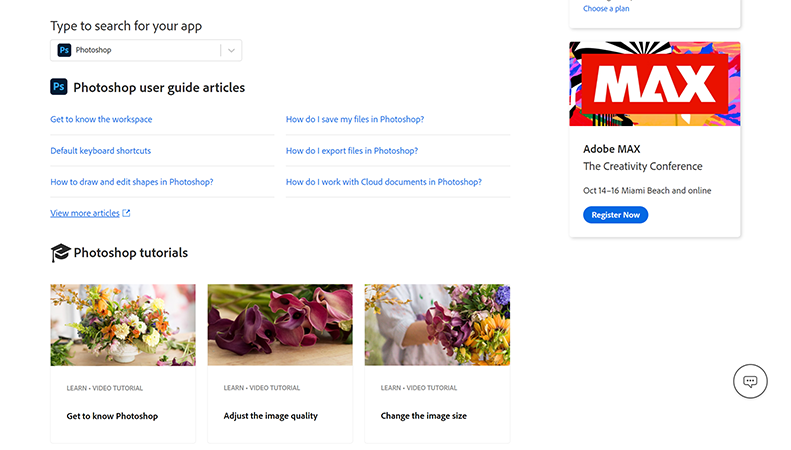
Adobe showcases an excellent example of such continuous educational work. To help users stay current with frequent releases and new features across its suite of tools, Adobe offers webinars, video tutorials, and interactive guides, enabling users to adapt and make the most of new functionalities.
Troubleshooting and self-service
Effective customer education is a win all around. It equips customers to avoid common pitfalls and user errors, leading to fewer support incidents. And when they do face common issues, they can get back on track quickly, reducing their frustration and wait times for support. Users seek self-sufficiency, with 88% of customers expecting brands to have an online self-service portal.
Customer education also frees up resources and reduces customer support's operational costs, allowing support teams to focus on more complex cases.
Companies with formalized customer education programs see a 6.1% decrease in support costs.
There are many ways to provide users with self-service resources: step-by-step troubleshooting guides for resolving common issues, FAQ and community-driven forums, AI chatbots, LMS with training materials and courses on troubleshooting, and so on.
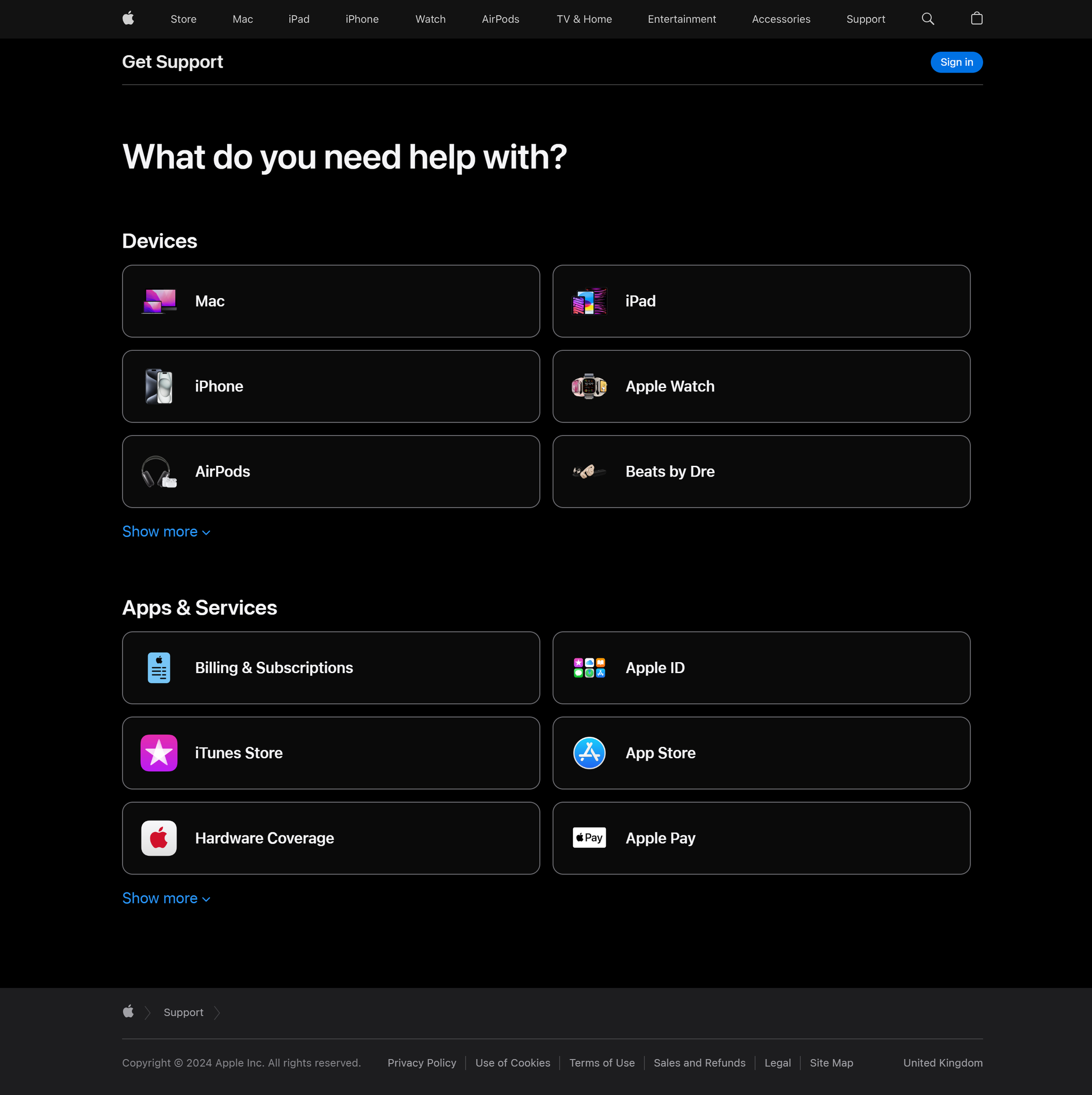
For example, Apple offers a robust self-service platform with personalized flow, community forums, educational videos on their YouTube channel, and chatbots. It allows users to resolve issues with their devices independently, reducing support costs on both ends.
Customer success and brand advocacy
A customer-centric approach, where customer success is a goal and a priority, presents another example where customer education creates a win-win situation: empowered customers achieve their objectives, leading to loyal, long-term relationships and brand advocacy that, ultimately, lead to even higher business growth.
60.2% of customer success teams call education their go-to strategy to prevent customer churn.
Once your customers are familiar with your product, surface-level tooltips and user guides will do little for them. The next step is to grow power users with proactive, needs-based, personalized, and outcomes-focused programs. Such training anticipates customers' challenges and pain points and proactively provides solutions through tailored educational content. Its best delivery modes are centralized LMS platforms that support gamification and simulations and interactive webinars and workshops that cover advanced features and best practices.
Salesforce's Trailhead platform is a prime example. It offers training not just on Salesforce products but also on how to grow as a sales and marketing professional. Apart from providing gamified courses and simulations on advanced features and best practices, Trailhead fosters a loyal community of skilled professionals you can learn from and network with and even includes a career marketplace.
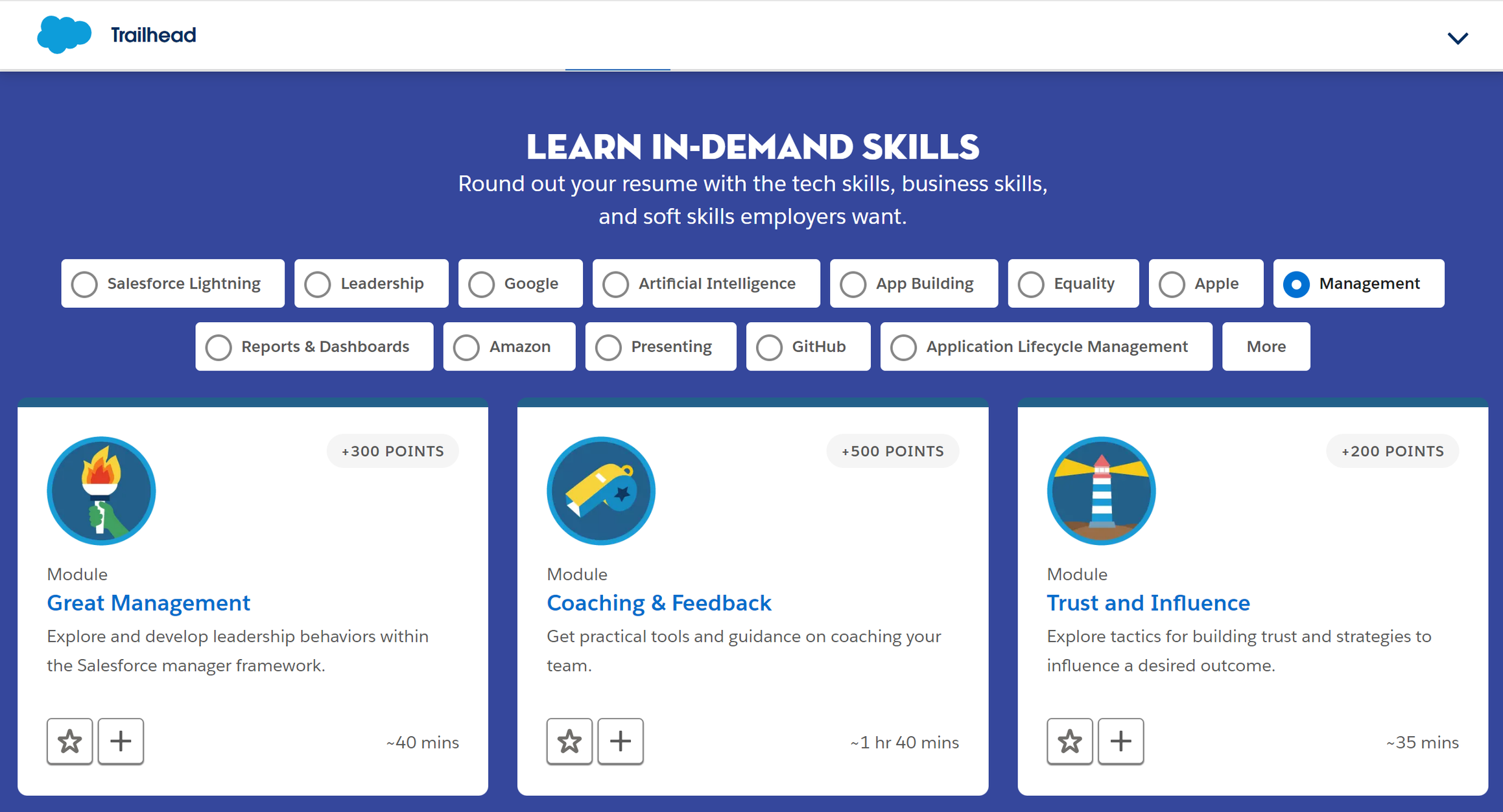
Beyond the direct advantages, customer education has many implicit benefits. For example, feedback from educated users informs future product development, and marketing teams benefit from users generating new leads through word-of-mouth. Just imagine how many companies adopted Salesforce simply because their employees, already trained and proficient through Trailhead, prefer to use the tools they know best.
92% of consumers trust recommendations from friends and family above any advertising. Such word-of-mouth advertising accounts for $6 trillion of annual consumer spending and brings five times more sales than paid advertising.
In short, an educated customer is a happier customer. And happy customers are a key driver of business success in today's competitive market.
Find the right tools for customer education with Opigno
Customer education is a powerful strategy that offers significant benefits for both B2B and B2C enterprises and will gain even more weight in building strong, lasting relationships with customers as the business landscape continues to evolve. But how do you implement it? From in-app tips to user manuals to dedicated learning platforms, how do you know which option will best suit your business and customers?
Each approach has its use, catering to different requirements, and together, they provide a robust framework for effective customer education:
- Tooltips provide undisruptive, real-time assistance that is relevant to current user actions.
- On-demand interactive and video tutorials demonstrate practical applications, breaking down complex tasks into manageable steps.
- Webinars and workshops provide in-depth coverage of advanced topics and enable direct engagement with experts.
- Learning management systems centralize all training materials and courses, monitor user progress, and enable personalized learning.
Leveraging an LMS like Opigno to deliver customer education brings additional benefits, making the process more efficient, scalable, and adaptive. However, Opigno's development extends beyond traditional LMS functionalities.
Our team is here to help you create a customized educational ecosystem tailored to your business needs, be it interactive tutorials and guided tours embedded directly within your product's interface, mobile learning apps, integrating live webinars and on-demand video sessions into the learning platform, develop gamified simulations and scenarios, integrate the LMS with existing CRM and customer support ecosystems, etc.
If you'd like to collaborate with Opigno to develop a comprehensive customer education strategy that drives engagement, improves user retention, and enhances overall customer satisfaction, don't hesitate to contact us.
Published on June 25, 2024
